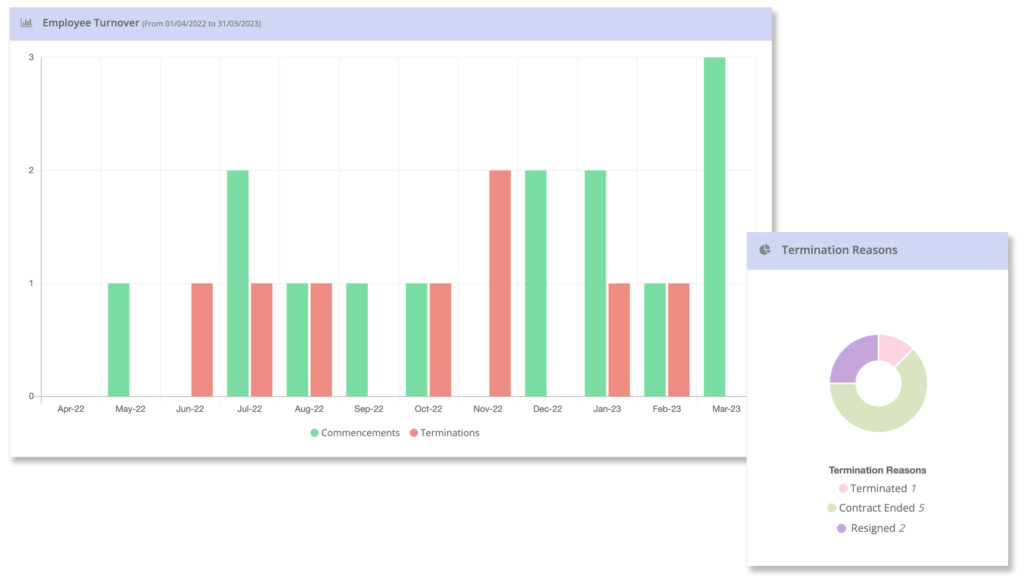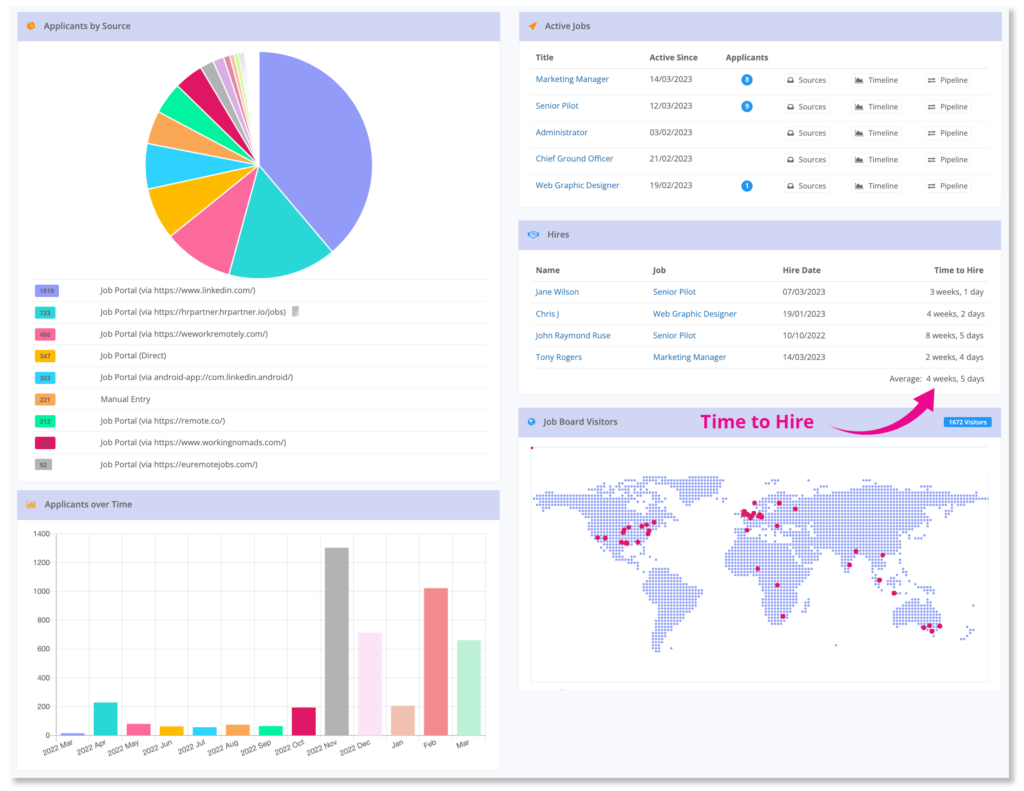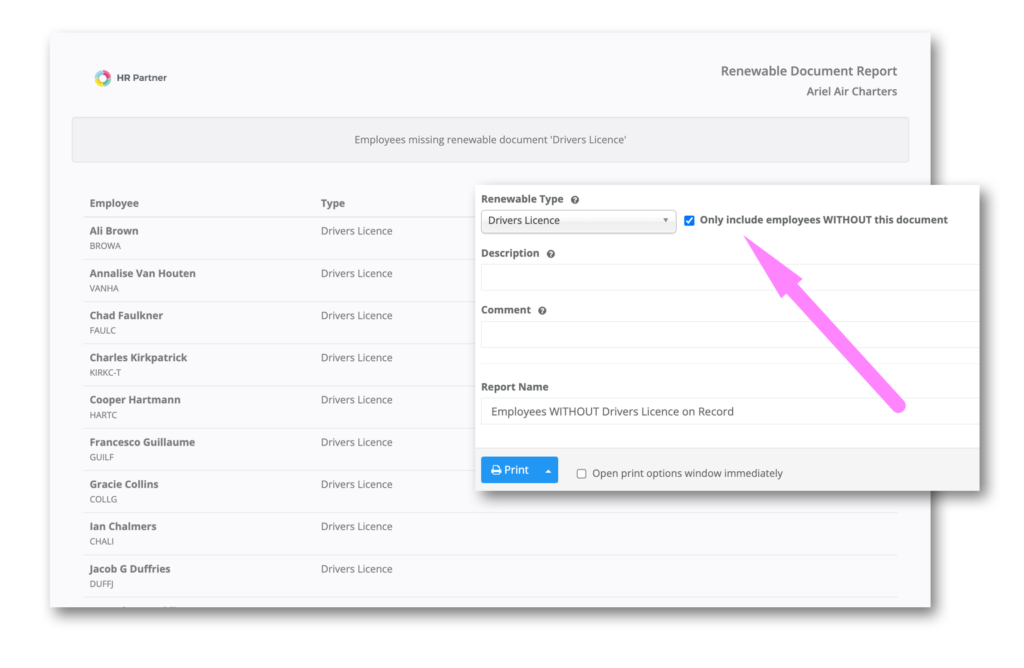I’ll never forget the first time I was asked to gather data to support my request to leadership as an HR manager. The thought of looking at all that data or learning how to calculate an eNPS score was daunting and overwhelming. And although I knew that learning how to read data was necessary, it didn’t change the heavy feeling I had when I heard the words, “show me the data.” But once I learned how to run and analyze data, I realized how important it is for HR managers to learn to this skill. In reality, HR data doesn’t need to be scary and learning how to use it can serve as a useful tool in gaining respect from leadership and placing yourself as a strategic leader that’s contributing to the company’s success.
Now more than ever, HR leaders are being asked to analyze data to make decisions within their companies. It’s in your best interest to not just see the data as mere numbers on a spreadsheet, but as tools that will equip you to gain support and buy-in for the people-insights of your company.
So what areas of HR should you be using data to track?
1. Employee Retention & Turnover
At the forefront of any successful company is its ability to retain its people. “Employee retention” is arguably the most important piece of HR data to be analyzed by not just HR leaders, but also c-suite executives. In fact, we often say that retention is the highest form of recruiting.
One method to assess your company’s employee retention strategy is to observe your employee turnover rates and the reasons employees leave. In HR Partner we’ve built a reporting chart to track your company’s turnover rates and trends of termination reasons. This information can be filtered by department, teams, locations, and dates. With this information, you can confidently provide data to decide whether your company needs to pivot your employee retention strategy or give shoutouts to your company leaders for their success in keeping their employees loyal and happy.
2. Time to Hire
Attracting and recruiting the right talent is a top priority for almost all organizations, and one key metric to analyze is “time to hire.” This important data point measures the number of days that pass from the initial contact with a job candidate to the moment they accept your job offer. By tracking this metric, you can gain insights into the effectiveness of your recruitment efforts and the efficiency of your hiring managers. For instance, a lengthy “time to hire” may indicate a need to streamline your hiring process or to improve communication with candidates. Importantly, it often means that the best candidates will be offered other positions and you’ll have to select from a reduced pool of applicants.
On the other hand, a short “time to hire” may signify a high-quality candidate experience and a well-oiled hiring strategy. Ultimately, by monitoring “time to hire,” you can fine-tune your recruiting approach and attract the best possible talent to your organization.
HR Partner has a built-in Applicant Tracking System that enables you to see this data as soon as you view your Recruiting Dashboard. With this information, your HR leaders can address hiring managers if a more structured hiring approach is needed and determine what hiring strategy works best for your talent acquisition department. Within this feature, you can also see the data on your applicants by source, applicants over time, and job board visitors – broken down by geographical location.
3. Compliance Reporting
One of the most critical functions of HR teams is compliance reporting, which ensures that your employees have the necessary training and documentation to comply with internal policies and industry regulations. With an ongoing “compliance reporting” process in place, HR teams can identify and address any potential gaps before they become issues. This proactive approach is crucial for mitigating risks and protecting your organization from potential fines and lawsuits. By regularly monitoring compliance metrics, you can gain insights into areas where additional training or policy updates may be needed, and take corrective actions as necessary. Ultimately, a robust compliance reporting process can help you create a culture of compliance, foster employee trust, and ensure your organization’s long-term success.
Within HR Partner, you can store your employees’ renewable documents – including certificates, forms of identification, work visas, and more. But importantly, you can also run a report to see which employees are missing a specific type of document. This report gathers informational data to assess if any of your employees need to deliver updated documentation in order to stay compliant with your organization, as well as remind you of any renewable documents which need to be renewed. You can also use checklists to require that all new employees upload these important files at the beginning of their employment, and on an annual basis for all employees. These reminders and reports ensure you receive updated documents in time to stay compliant, and if you need to access anything, it’s right there in the employee’s file.
…….
HR Partner has flexible reports so that all of your HR data that can be exported for further analysis. On top of these three priority HR data metrics you should be tracking, we’ve made it possible for you to run reports on employee data, contact details, leave, expense claims, timesheets, and more! We know how important it is for you and your HR managers to be equipped with the tools to gain support and respect of leadership in order to successfully manage the people of your organization. We also know that data reporting can be intimidating, but it doesn’t have to be. That’s why if you need assistance, we’re very happy to help (providing excellent customer service is a top priority for us!).
…….
Does your company use an HR system you love? Are you running a team of 20-500 people? HR Partner helps you streamline your HR Processes and get all your employee information in one place. It is everything small and medium businesses need to manage HR records and processes. Book a demo today, so that you can begin 2023 successfully.

Christina Kryske
HRIS Customer Success Champion




